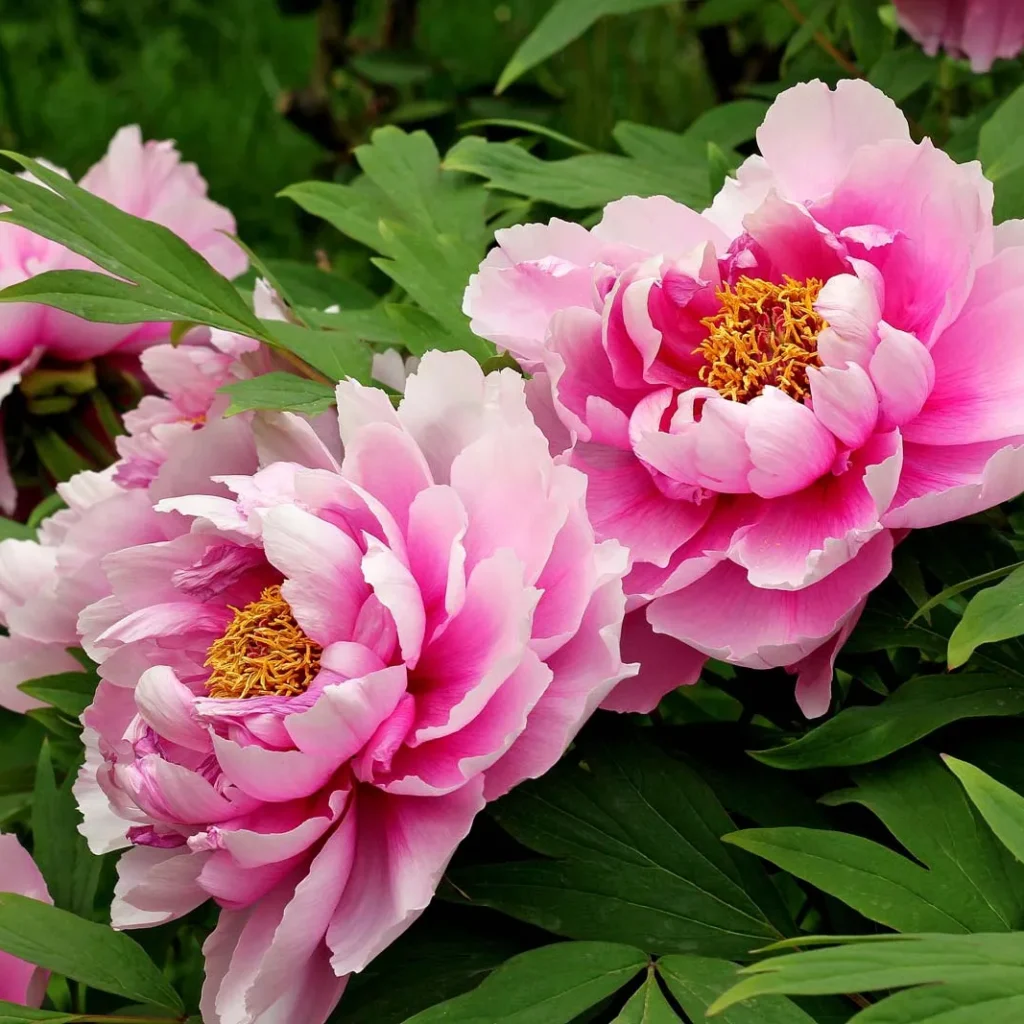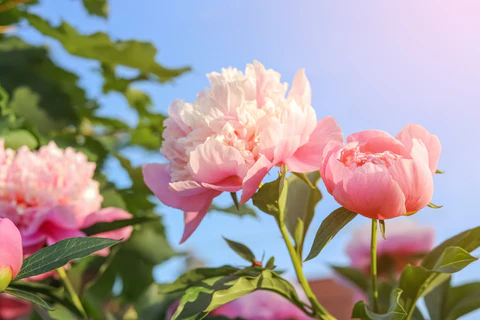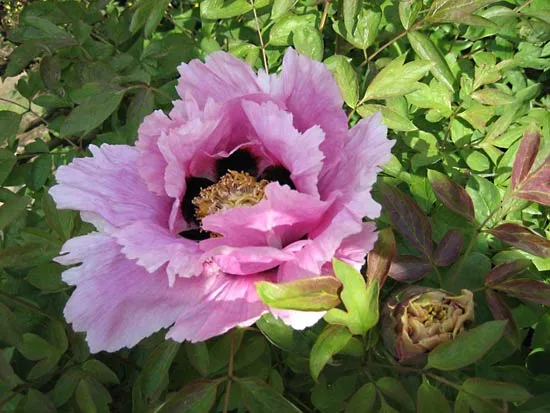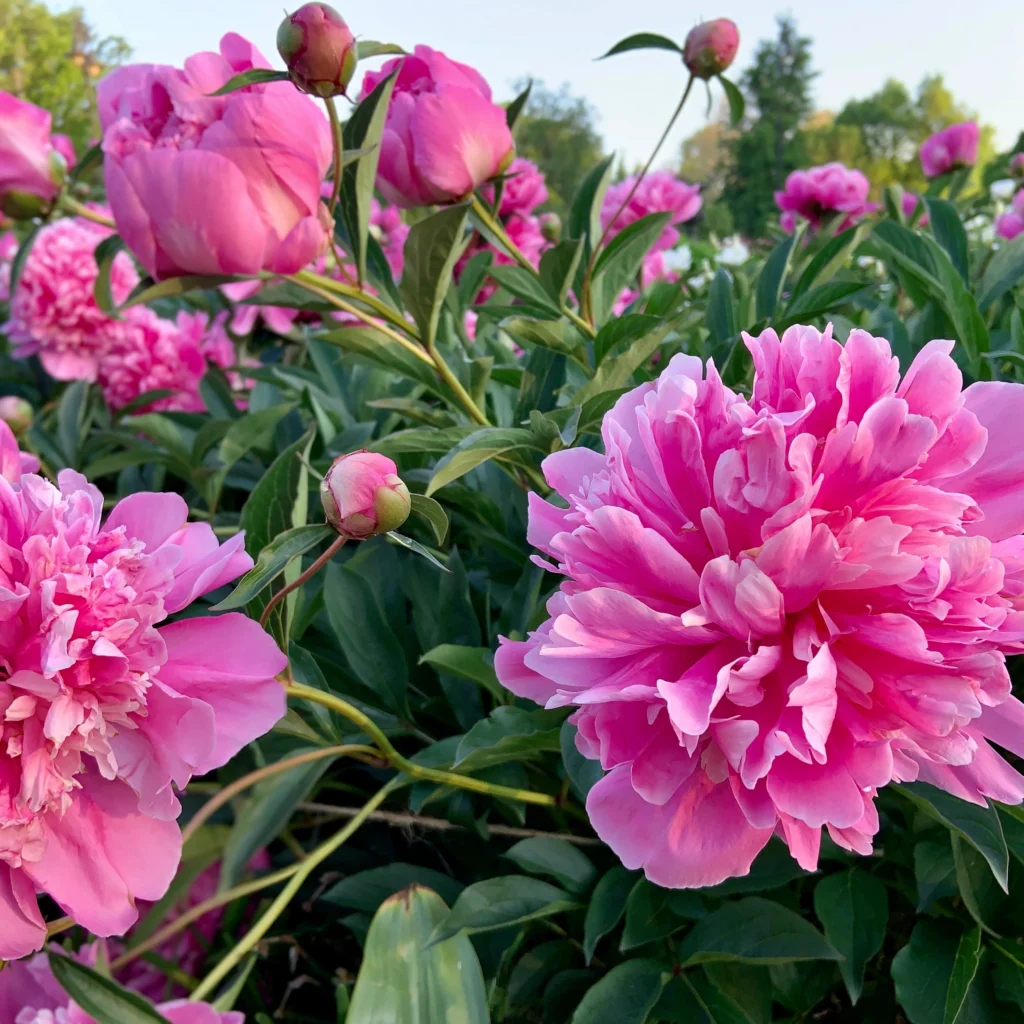Peonies — with their lush, full blossoms, romantic fragrance, and timeless appeal — have captivated flower lovers for centuries. These elegant blooms, known for their symbolism of prosperity, romance, and honor, are a cherished favorite in gardens, floral arrangements, and wedding bouquets across the globe.
Peony cultivation, once largely confined to home gardens and aristocratic estates, has now grown into a thriving global industry. But this raises a fascinating question: which country is the largest peony producer in the world?
In this detailed article, we’ll reveal the answer, explore the reasons behind that country’s success, and look into the economic, cultural, and commercial significance of these iconic flowers.
A Brief History of Peonies

Peonies (Paeonia spp.) are native to Asia, Europe, and North America, with over 30 known species and hundreds of cultivated hybrids. The flower has a rich history:
- In China, peonies were cultivated as far back as 1,000 BC and were considered the “king of flowers,” symbolizing nobility, wealth, and honor.
- In Europe, they became symbols of romance and were used medicinally during the Middle Ages.
- In recent years, peonies have seen a global surge in popularity for both cut flower markets and home gardens.
Which Country Is the Largest Peony Producer in the World?
The title of the world’s largest peony producer belongs to China.
Key Facts:
- China produces over 15,000 hectares of peonies annually, leading the world in both cut flower production and peony root cultivation for medicinal and ornamental use.
- The country cultivates over 1,200 peony varieties, with centers of production in Luoyang (Henan Province), Heze (Shandong Province), and Gansu Province.
- Peonies are deeply embedded in Chinese culture, celebrated as the national flower of China and a symbol of honor, wealth, and feminine beauty.
While other nations like the Netherlands, France, and the United States grow peonies commercially, none match China’s scale or cultural connection to this magnificent bloom.
Why Is China the Largest Peony Producer?

Several key factors contribute to China’s global dominance in peony production:
Ideal Climate and Soil
Peonies require cold winters, well-drained soil, and a dry flowering season, conditions perfectly found in regions like Luoyang, Heze, and Gansu. These areas offer excellent growing conditions for both herbaceous and tree peonies.
Centuries-Old Cultivation Tradition
China has cultivated peonies for over 1,500 years. The flower has been revered in Chinese art, poetry, and medicine. This long heritage has resulted in expert knowledge, unique cultivation techniques, and the development of rare, historically significant peony cultivars.
High Domestic and International Demand
Peonies hold deep importance in Chinese festivals, weddings, and cultural events. Domestic demand is enormous, especially during the Qingming Festival and Lunar New Year. Additionally, China’s peony exports have expanded to Japan, South Korea, Europe, and the U.S.
Medicinal Use of Peony Roots
In Traditional Chinese Medicine (TCM), peony roots — particularly from Paeonia lactiflora — are used to treat ailments ranging from inflammation to menstrual disorders. This unique market for medicinal peonies contributes significantly to the country’s peony farming industry.
Major Peony-Growing Regions in China
| Region | Notable Contributions | Special Notes |
|---|---|---|
| Luoyang, Henan | Largest peony-growing area in China | Hosts the famous Luoyang Peony Festival |
| Heze, Shandong | Renowned for peony hybridization and exports | Known as the Peony Capital of China |
| Gansu Province | Key exporter of peony roots for medicine | High-altitude climate ideal for cold-loving varieties |
Other Leading Peony-Producing Countries

While China leads globally, several countries have thriving peony industries, especially for cut flowers:
| Country | Approximate Production | Notes |
|---|---|---|
| Netherlands | 1,200 hectares | Largest peony producer in Europe; major flower exporter |
| France | Significant | Supplies peonies to European floral markets |
| United States | Grown primarily in Oregon, Alaska, and Michigan | Notable for late-season peony markets |
| New Zealand | Counter-seasonal producer | Exports peonies to Northern Hemisphere during winter |
| Japan | Long tradition of peony cultivation | High demand for domestic cultural and religious uses |
The Commercial Importance of Peonies
Cut Flower Market
Peonies are highly prized in:
- Wedding and event floral arrangements
- Luxury bouquets
- Home décor and gift markets
Their large, long-lasting, fragrant blooms are highly sought after during peak seasons (typically April to July in the Northern Hemisphere).
Medicinal Use
In China and other parts of East Asia, peony roots are widely used in traditional medicine for:
- Relieving menstrual cramps
- Reducing inflammation
- Treating autoimmune diseases and skin conditions
The medicinal peony market is a significant contributor to rural economies in regions like Gansu.
Cultural Significance
Peonies symbolize prosperity, honor, wealth, and romance. In China, they feature prominently in:
- Paintings and embroidery
- Temple decorations
- Literary works and poetry
They are also the official city flower of Luoyang and Heze, and feature in numerous national and regional festivals.
Challenges Facing Peony Cultivation

Climate Variability
Peonies need distinct cold winters and temperate springs. Changes in temperature patterns and unseasonal rainfall due to climate change threaten traditional growing areas.
Pest and Disease Management
Peonies are susceptible to fungal diseases like Botrytis blight, aphids, and powdery mildew. Managing these effectively, especially in large-scale farms, is a constant challenge.
Market Competition and Seasonal Supply
Peony blooms have a relatively short natural season. Counter-seasonal producers like New Zealand and Alaska (USA) provide peonies to global markets during the Northern Hemisphere’s off-season, increasing competition.
The Future of Peony Production
- Modernized Cultivation Techniques: Chinese farmers are increasingly adopting greenhouse and cold storage technologies to extend the blooming season and supply window.
- Increased Global Demand: The worldwide floral industry continues to embrace peonies for weddings and luxury events.
- Medicinal Research: Ongoing studies on peony root extracts for anti-inflammatory, neurological, and immune-modulating properties are expanding pharmaceutical markets.
- Agri-Tourism and Festivals: Regions like Luoyang and Heze host peony festivals, drawing millions of visitors annually, boosting local economies.
Conclusion

So, which country is the largest peony producer in the world?
The definitive answer is China.
With over 15,000 hectares of peony farms, a centuries-long cultivation history, and an unmatched cultural and medicinal connection to the flower, China leads both in volume and variety. Other countries like the Netherlands, the United States, and France also produce peonies commercially, particularly for cut flower markets, but none approach China’s scale, diversity, or historical significance.
As peony demand continues to flourish globally — in bouquets, medicine, and agri-tourism — China’s peony fields are poised to bloom brighter and bolder for generations to come.





